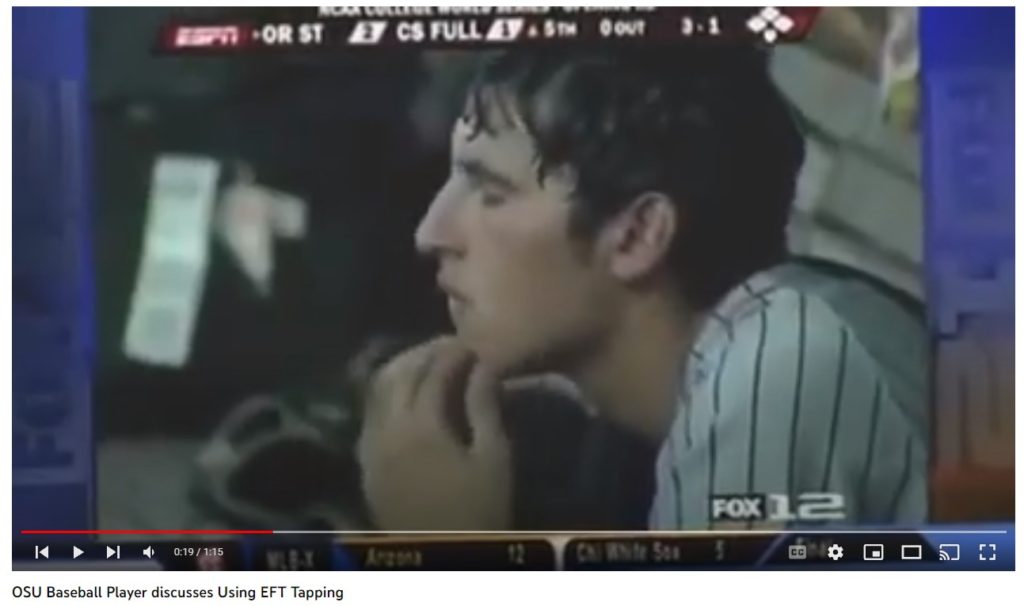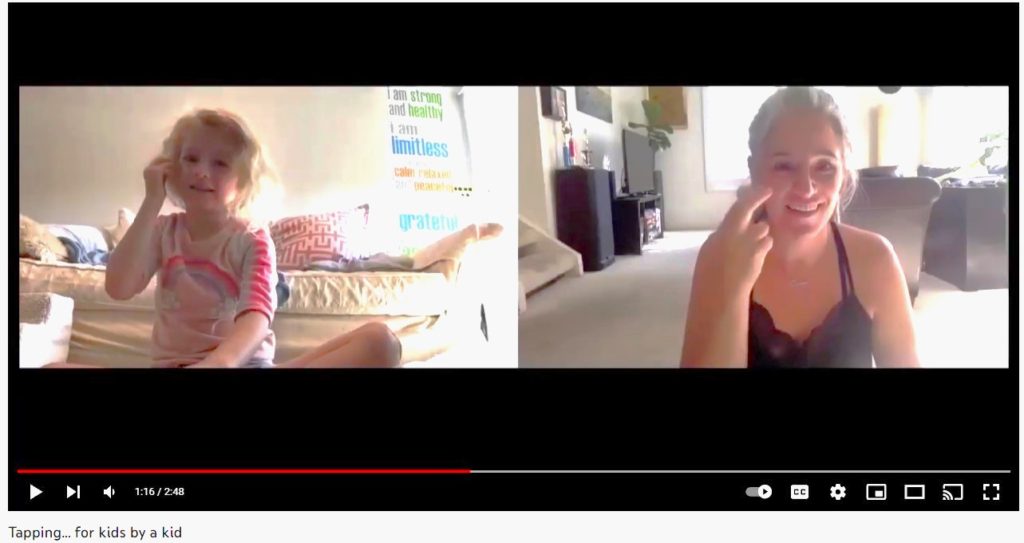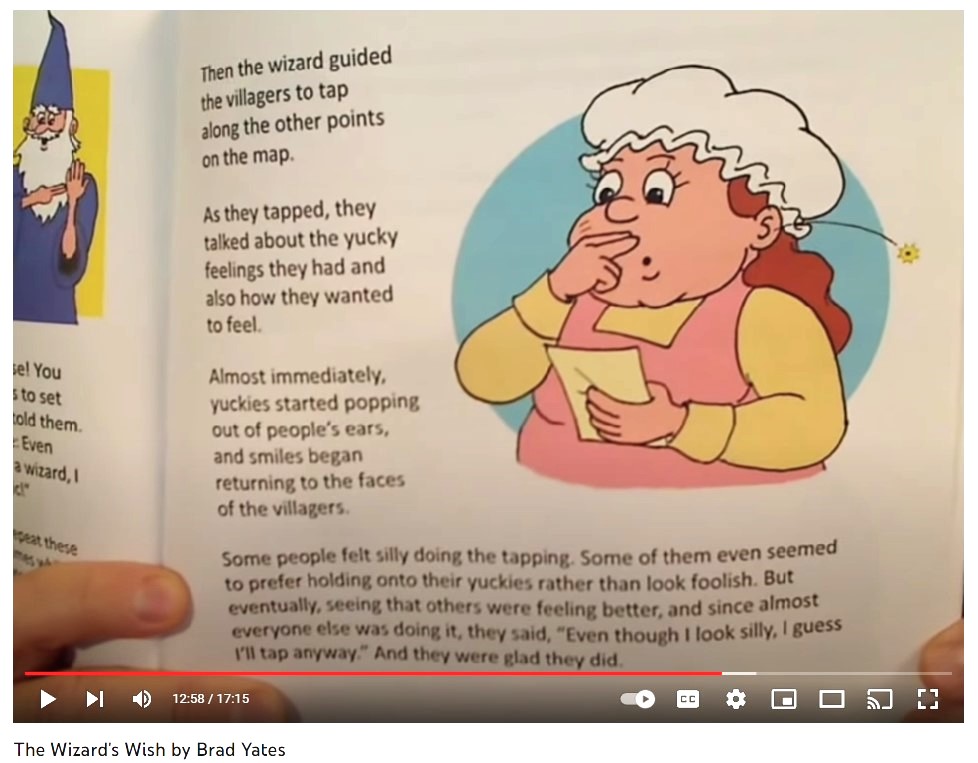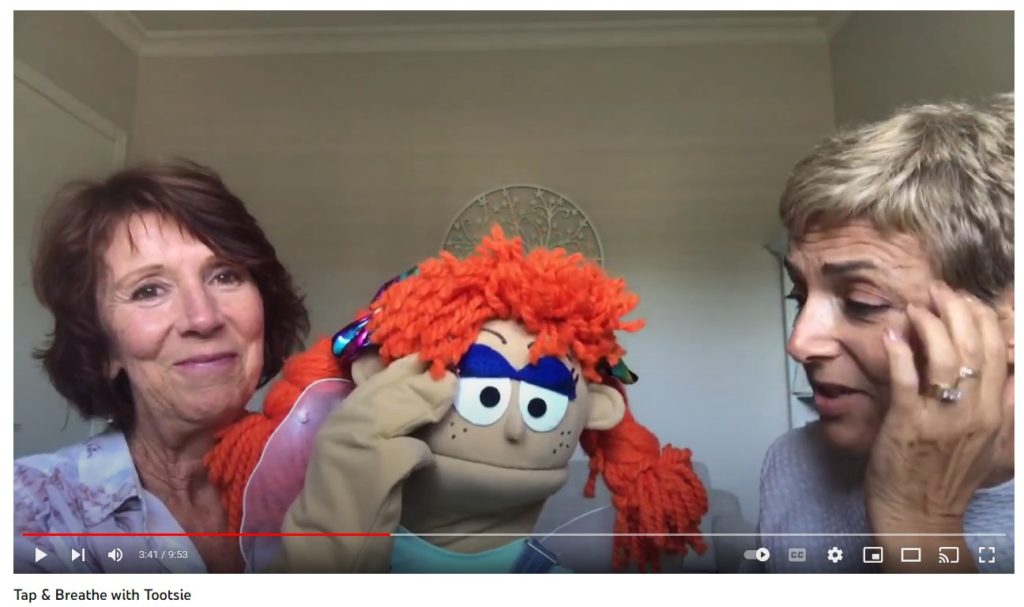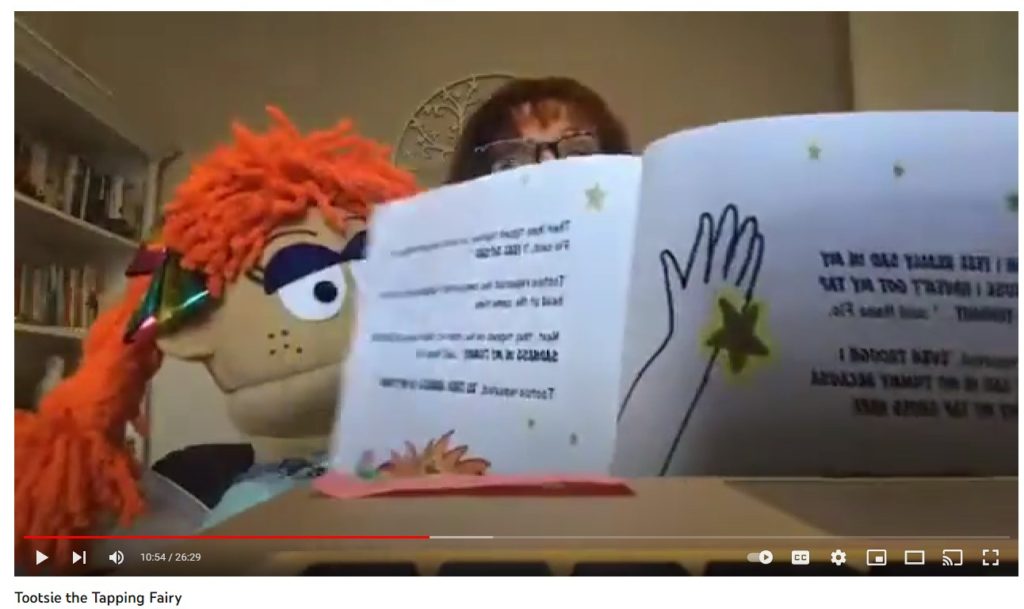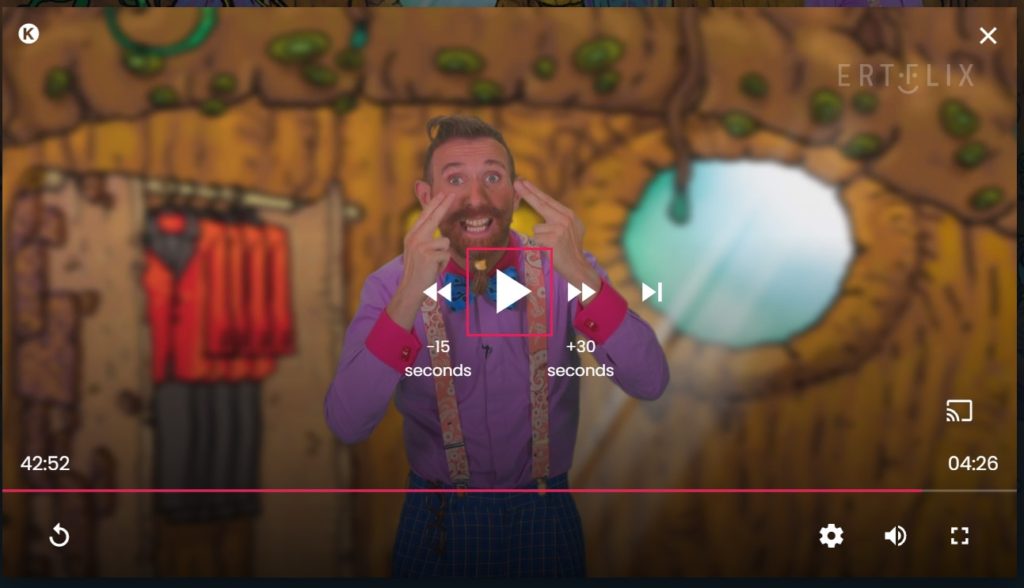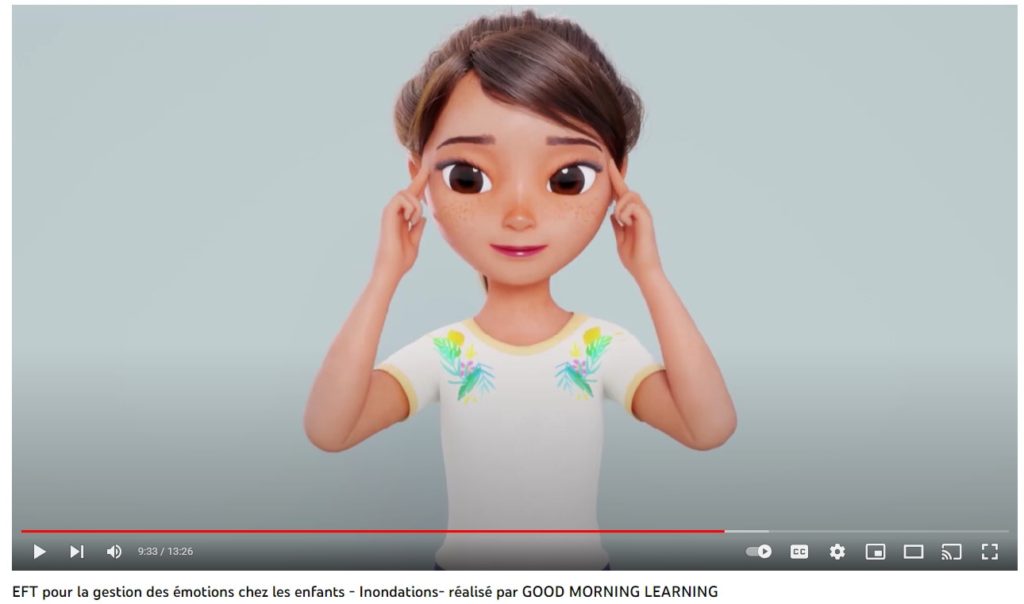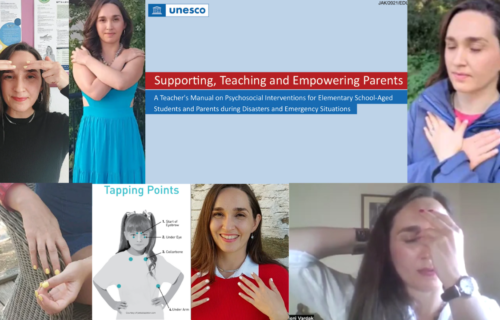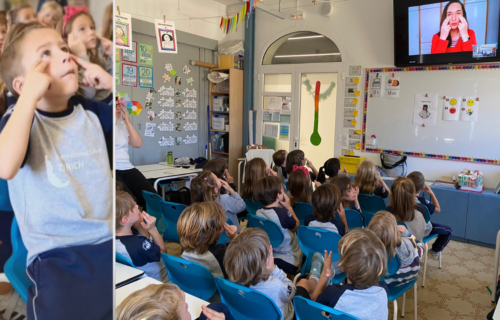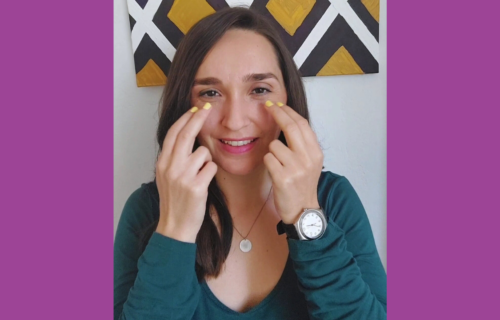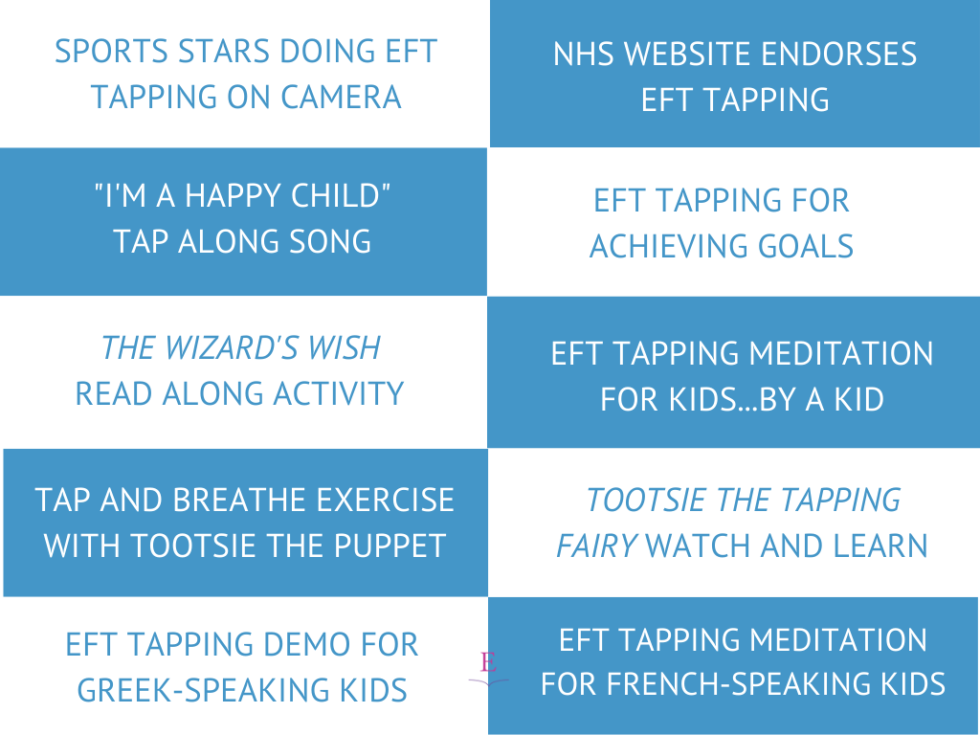
Teaching Kids EFT in School Resources
WHAT’S UP: More and more classroom teachers, EFT Practitioners, and school counselors who practice the Emotional Freedom Technique (EFT) are looking for resources that can be a ‘way in’ to teaching kids EFT tapping in school to assist with stress and anxiety. Here are 10 freely available educational resources you could use to help plan your Introduction to EFT lesson for school-age students of all levels.
10 Resources FOR TEACHING KIDS EFT TAPPING IN SCHOOL
In this article, you’ll find freely available teaching kids EFT in school resources for different levels. I’ve organized them into 4 main categories, starting with the resources you may find useful for teaching a class or group of teenagers how to tap in school.
1. NHS BRINGING EFT PRACTITIONERS
One way of introducing EFT Tapping to students who are in a British system secondary school is to show them how this is a stress management technique that is even endorsed and used by England’s National Health Service (the NHS).
All you need is a projector and internet access during your EFT Introduction presentation so that you can type “EFT NHS” into Google in front of everyone. That way you teach them how all they have to do is Google EFT and NHS to see for themselves that the NHS endorses EFT Tapping for things like fears, phobias, pain relief, and even personal health goals like stopping smoking or losing weight. You also model for them how easy it is to do their own research and Google to learn more about what EFT Tapping could help them with.
This is a great ‘way in’ to teaching an Introduction to EFT lesson to students and staff who are in British school systems that I learned from Yolanda Saez Castello from Tap it Better, because they know what the NHS is and how significant it is for the NHS to be publicly supporting EFT.
You can learn more of Yolanda’s brilliant tips for how you can teach the Emotional Freedom Technique in schools by checking out Yolanda’s brilliant interview over at: “Bringing EFT Tapping into Schools: Interviewing Yolanda Saez Castello, MSc”
2. TApping points for kids under 10
Emotional Freedom Techniques can be adapted to meet the social, emotional and developmental needs of elementary school kids under the age of 10.
One way of making tapping accessible for younger kids is to cut down the basic tapping sequence to just four key points: the eyebrow point, under the eye, under the collarbone, under the arm. This is an adaptation that is recommended by clinical psychologist, Dr. Peta Stapleton, who has a lot of experience introducing tapping into schools as part of her EFT in Schools research trials.
Another way to make EFT age appropriate for the little ones is to make it fun and humorous by exaggerating the inhale and exhale, for example, which I show you how to do in this video.
A third strategy is to make sure they are tapping with both hands rather than just one. This will minimize the change they will get distracted and push, shove, or otherwise touch another child in the class, distracting them from doing the activity.
Finally, you can say and model ‘give yourself a hug’ for the under the arm point, which again adds a layer of fun and playfulness to the tapping activity.
You can watch me modelling these four recommendations in this short YouTube video that you can use as a teaching resource to help you introduce tapping to your students.
3. DR PETA STAPLETON'S YOUTUBE CHANNEL
If you go to Dr. Peta Stapleton’s Tapping in the Classroom YouTube videos playlist you will find a collection of freely available teaching EFT in school resources that you can integrate into your Introduction to EFT lesson for students. I’ve linked out to two of the videos that you can check out to see if that could be a useful ‘way in’ for the kids in your particular school context.
As Dr. Stapleton mentioned in an interview she did for the 2022 Tapping in Schools Summit, she has found that this video footage showing how even people who are cooler than us do EFT Tapping to calm their nerves has helped more teenage boys to be open to doing EFT in school!
Let’s say you are about to teach teenagers who are struggling to motivate themselves how they can clear inner blocks to achieving their goals using the Emotional Freedom Technique. You could set this short explanation by award-winning Psychologist, Dr. Stapleton, as optional homework for the students who want to revisit how to do EFT Tapping to achieve goals.
Then for the younger ones, you may find the EFT Tapping introduction footage of kids learning how to do EFT from one of their peers by singing along to the first song in Debbie Teichmann’s CD (“I’m a Happy Child”) a useful teaching resource (see below from 3.00-5.10 minutes).
One of the things I love about this resource is that in addition to clearly being authentic footage of the EFT Tapping learning process for younger kids, it models student leadership.
4. OTHER EFT TEACHING RESOURCES FREELY AVAILABLE ONLINE FOR ENGLISH SPEAKERS
Another resource you can use to model student leadership is this endearing student-led EFT meditation tap along with a kid who likes doing EFT to feel better (see from 0.19-2.48 minutes).
This little girl’s creative use of the EFT Set-Up statement to stay mindful of new thoughts as they come up is an example of how kids can take ownership of the tapping process in ways that work for them! It’s available on the Worthy Beyond Purpose YouTube channel that’s focused on the organization’s initiatives for teaching kids in schools mindfulness skills.
There’s also a freely available read-along with tapping expert Brad Yates that teachers have found to be a useful resource for introducing EFT Tapping to the younger ones. It’s a YouTube video where Brad introduces students to the Emotional Freedom Technique by reading from his fun tapping book for kids, The Wizard’s Wish (see below).
I learned about Brad Yate’s book for introducing EFT to the little ones from an interview I did with an inspiring Teaching Assistant who is also a qualified EFT Practitioner based in Wales, Tina Bajjada. Tina has been bringing EFT Tapping into the classroom for many years now, and it was inspiring to see how she integrated Brad’s resources into her day-to-day work with the younger children she works with. With some of the benefits that Tina has observed from weaving resources like this for teaching tapping into her teaching practice being improved social cohesion, and kids being a lot calmer and easier in the classroom…what’s not to like!
And then there are two videos you can use to accompany another fun children’s book for introducing EFT Tapping to children called Tootsie the Tapping Fairy created by the experienced classroom teacher, Jo Barker, from Tap Happy.
Tootsie is the main character in their children’s book who loves to Tap. She also loves helping Jo (pictured left) and Theresa (pictured right) work with schools over in Australia to teach kids how they can Tap so that they can learn to manage their challenging feelings. Tootsie makes appearances at schools and children’s events alongside Jo and Theresa. She helps by encouraging children to participate in learning this valuable lifelong skill.
There’s also a video available that teaches children the ‘magic tapping points’ for the Emotional Freedom Technique using Jo Barke’s Tootsie the Tapping Fairy book and their puppet assistant Tootsie to help demonstrate the EFT points (see below).
One of the great things about this book is that it models kindness and student leadership through Tootsie’s character. So it is easy to integrate into any pre-existing Social Emotional Learning (SEL) and character-building program for reducing bullying incidents and increasing pro-social behavior in school.
5. EFT TEACHING RESOURCES FREELY AVAILABLE ONLINE IN OTHER LANGUAGES
Finally, keep an eye out for any new children’s movies or videos that may be culturally sensitive for use in schools where English is not the first language.
EXAMPLE 1: EFT TAPPING RESOURCE FOR GREEK-SPEAKING CHILDREN
Since the pandemic hit Greece, there’s been a new surge of teachers and school administrators in various parts of Greece (where I’m based) who are curious to learn ways that they can introduce Social Emotional Learning (SEL) self-regulation tools such as the Emotional Freedom Technique in their school.
The main problem Greek schools have faced is the language barrier; EFT resources for kids available to Greek school teachers up until have all been in English. So it was a joy to learn about this fabulous new ERTFlix production resource that we can now use to help us teach EFT Tapping to Greek-speaking kids in schools here in Greece (see 40-43 minutes for the intro to EFT bit!).
I think the genius thing about this resource is how seamlessly the ERTFlix production team has merged Greek kids’ cultural references as a ‘way in’ to teaching EFT Tapping in several ways. For example, the singing and clapping in between tapping points that the actor uses to demonstrate a round of EFT Tapping is based on a popular children’s song that is well-established in Greek culture. Resources like this merge the familiar (in this case, a well-known Greek children’s song) with the unfamiliar (a new stress management technique) to help boost accessibility to EFT for non-English speaking school populations.
EXAMPLE 2: EFT TAPPING RESOURCE FOR FRENCH-SPEAKING CHILDREN
The final example I want to share is a resource for teaching EFT Tapping in schools for French-speaking kids. It is a guided EFT Tapping meditation to help kids process any leftover fear they may have after surviving a potentially life-threatening event – a flood.
I chose this educational EFT Tapping resource for the final example because of the topic; while it’s clearly not designed for processing trauma (as in leftover encoded ‘terror’ as opposed to just tapping for leftover ‘fear’ after an event), that doesn’t mean there may not be students in a group who did not experience an event such as a potentially life-threatening flood as traumatic (as in ‘terror left over in the brain and body that lasts even though the event is over’).
Given the troubling times we live in, with global warming increasing the chances of such environmental crises affecting schools and student wellbeing, such applications of EFT Tapping for helping students feel safe again so that they can concentrate and learn will inevitably become more needed. And so I think that books like Emotional First Aid for Children: How to Quickly Help in Times of Trouble by Jondi Whitis and Dr Deborah Miller are invaluable for setting this type of resource in a broader context of Trauma Informed Care (TIC) when we are preparing to lead group tapping exercises in a school setting.
About the author

Eleni Vardaki works with individuals and schools offering services and package deals that support parent, teacher, and student well-being. Her mission is to help bridge the gap between mainstream education systems and the wellbeing skills we need to thrive. She believes in doable and sustainable interventions for teacher, student, and parent wellbeing in school communities.


